As a scavenger, its prey doesn’t run away. It simply needs to make sure it arrives in time to get its share, though the order in which guests serve themselves at the carcass feast is largely established.
Whenever the Hebrew word nesher or the Greek aetos is associated with speed and ferocity, we can be certain it’s not referring to the vulture, but to the eagle.

It is difficult to say which of today’s vulture species are referred to in the Bible – several candidates are possible. The Griffon Vulture (Gyps fulvus) is widespread from Portugal to India and is native to Israel. The only candidate with a true bald head is the Lappet-faced Vulture (Torgos tracheliotos), once present until modern times but now nearly extinct in the Middle East. The Cinereous Vulture (Aegypius monachus) is now only a winter visitor in Israel. All three are larger than the golden eagle, have similar flight profiles, and share the typical vulture behavior described here.
Large birds of prey nest high in inaccessible mountain eyries (Job 39:27-28). Among craggy cliffs, nothing threatens them. Before the advent of mountaineering equipment and flying devices (like helicopters or drones), humans couldn’t reach them there (and they had no animal predators to fear). A comfortable situation! Yet, God uses this image in messages of judgment, warning self-assured people and nations that no one escapes His reach: “Woe to him who builds his house unjustly and sets his nest on high to be safe from harm!” (Hab 2:9; cf. Jer 49:16; Ob 1:4).
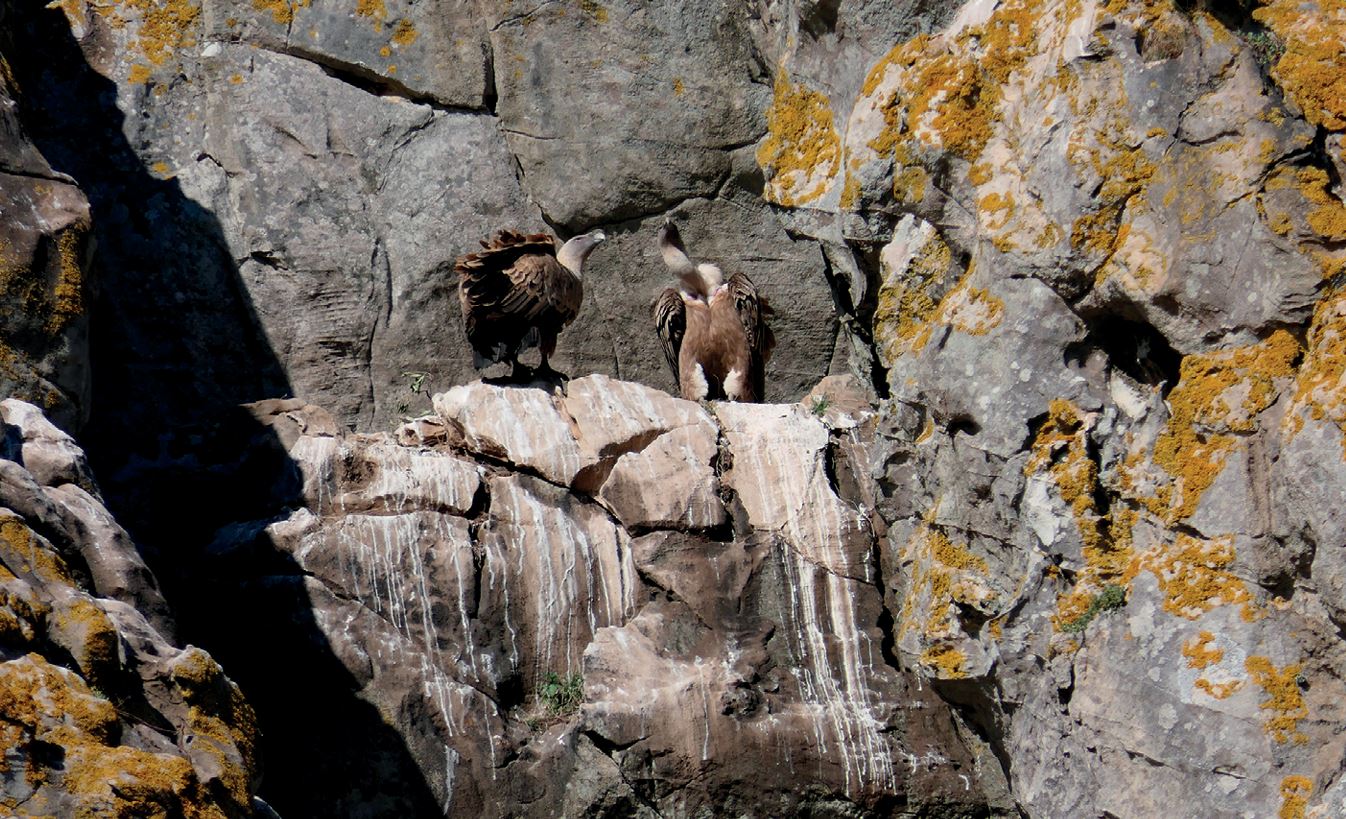
Though safe, such nesting sites offer little food in the wilderness. But vultures spot food from great distances thanks to phenomenal eyesight: “From there it spies out food; its eyes look far and wide” (Job 39:29). They can see eight times more sharply than humans, detecting a mouse-sized animal from three kilometers high – something we might barely make out at 100 meters. If our eyes had that resolution, we could read newspaper text from 150 meters away. Raptors have at least five times more photoreceptors on a retina half the size of ours, see more vivid colors (with four types of cones to our three), and have up to five colored oil droplets per cone (plus UV filters in some species). Their eyes can process up to 180 images per second (humans: 10–70), allowing fast reaction times. Unlike some New World vultures that use smell, Old World vultures rely entirely on sight – and it serves them well.
A defining feature of vultures is the appearance of large flocks when a carcass is discovered. Jesus emphasized the certainty of judgment by saying: “This will happen as surely as vultures gather where there is a carcass” (Mat 24:28; cf. Lk 17:37; Job 39:30). But how do they appear so quickly after death – like clockwork?
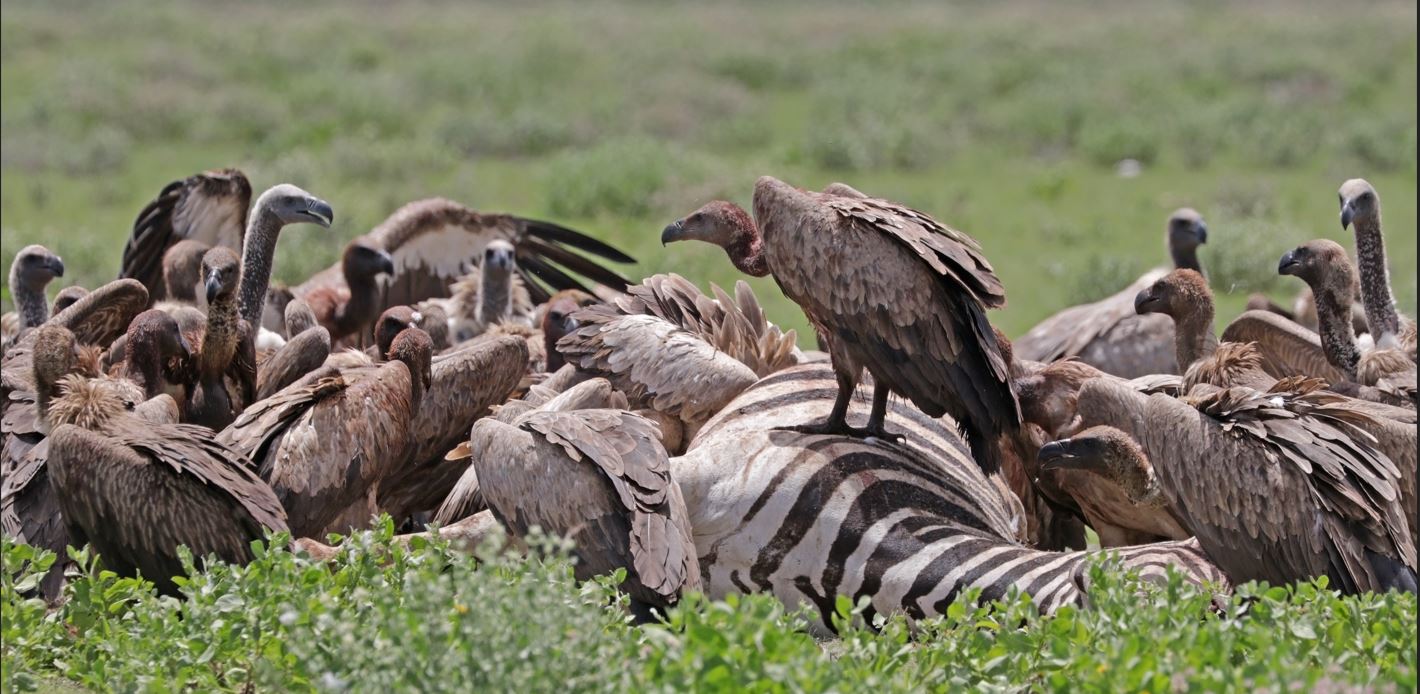
Their secret lies in a brilliant strategy: individuals soar high and monitor vast areas, while also watching fellow vultures circling miles away. As soon as one shifts from scanning to descending, others follow, drawing in more from even farther away. In this way, the entire regional vulture community gathers rapidly for the feast – God’s provision for them and their young in the desolate wilderness.

Vultures are not picky eaters. They consume old butcher waste and decomposed remains left by predators. Their stomach acids can break down toxins fatal to other animals. To humans, these sights and smells are revolting – especially as vultures, without sentiment, also consume human remains: “An eye that mocks a father and scorns an aged mother – may it be eaten by the young vultures” (Prov 30:17). No wonder vultures have a bad reputation. No Bible translator would ascribe a vulture face to the four living creatures before God’s throne (Ezek 1:10; 10:14; Rev 4:7).
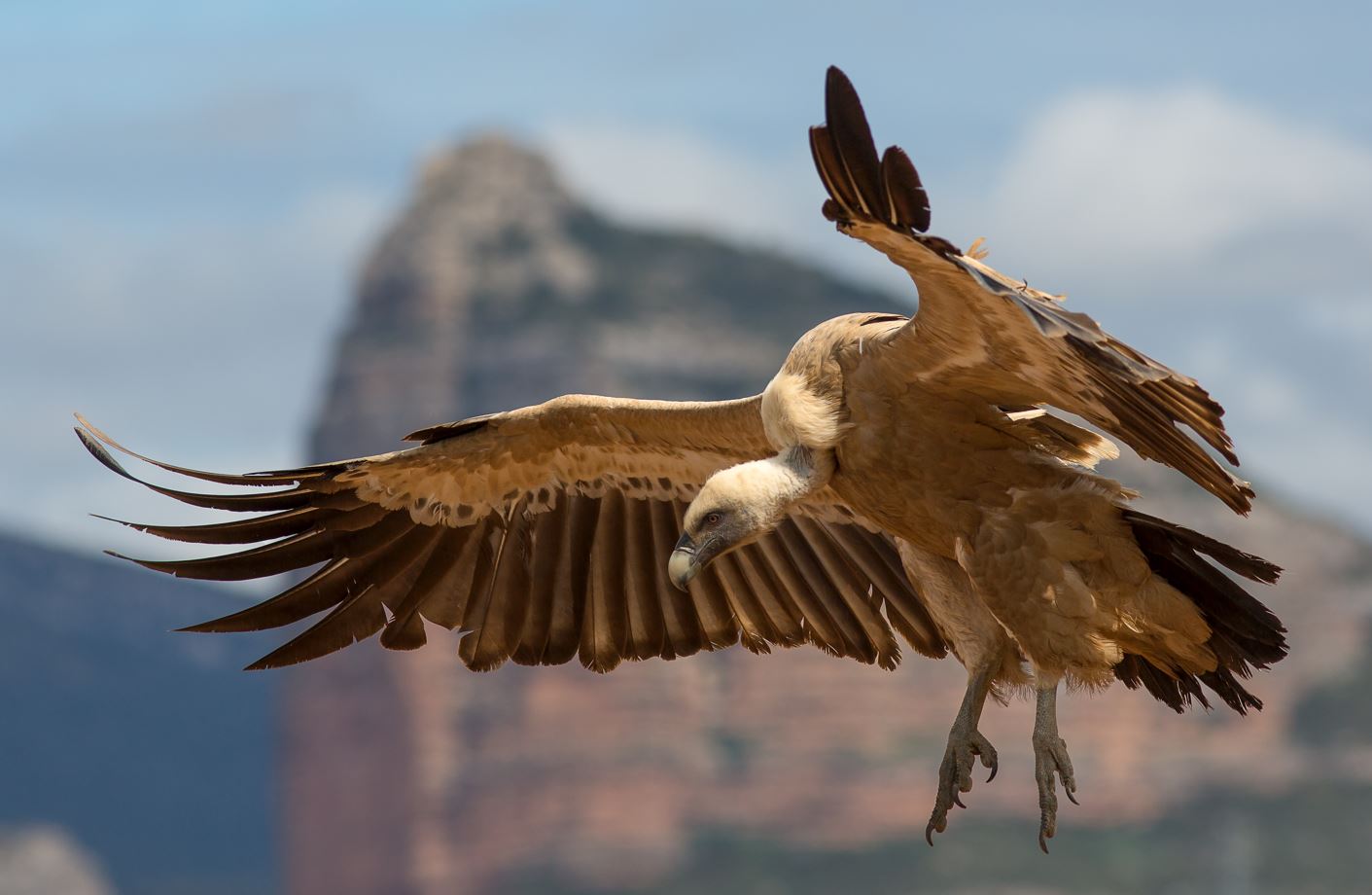
But associating hygiene with nature is a modern concept. Surprisingly, in ancient cultures like Egypt and Babylon, the vulture symbolized purity. It’s not entirely unjustified: after a feast, the area is left remarkably clean! Despite appearing to vanish into the carcass, vultures barely get dirty. Their feathers repel grime, and their head and neck are sparsely feathered or bald. This external trait is referenced in Micah: “…make your baldness as bald as the vulture’s” (Mic 1:16).
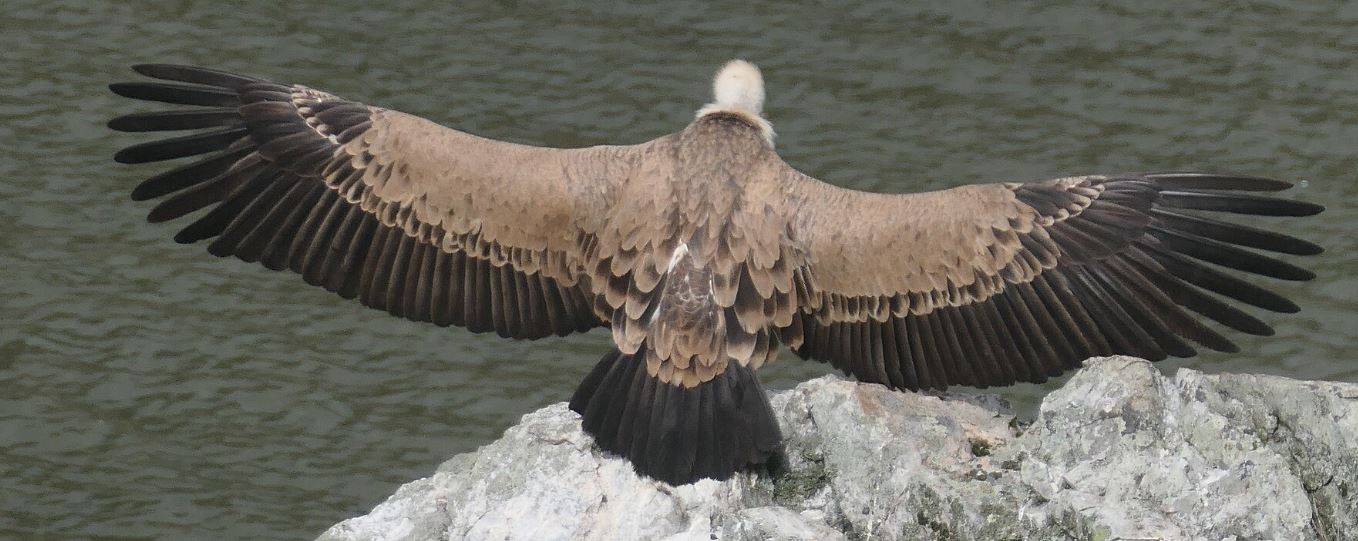
The Egyptian vulture (Neophron percnopterus) is smaller than the previously mentioned species and may be linked to the term dajja. Its behavior fits: it gathers outside of meals, lives in ruins (Isa 34:15), and is often seen tossing stones at ostrich eggs to crack them open and feast on the contents. Ostrich eggshells are as thick as porcelain cups, so the vulture must find suitable stones – sometimes weighing up to 500 grams – from far away. If ostriches are nesting nearby, this bird thrives.

The bearded vulture (Gypaetus barbatus) deserves mention too. Named peres in Hebrew, meaning “breaker,” its diet is specialized: it eats bones. It swallows bones up to 18 cm long and 3 cm thick whole. Larger bones, like vertebrae or femurs, are dropped repeatedly onto a flat rock until they shatter. It’s laborious work – but within two days, it can ingest an entire cow’s spine. This behavior has been widely observed. Its various names – “ossifrage” (English), “quebrantahuesos” (Spanish), “quebra-ossos” (Portuguese), “Beinbrecher” (German) – all reflect this trait.
Though bones don’t appear nutritious, bone marrow is among the richest animal nutrients. The bearded vulture gets 80% of its food from it. Sadly, it’s now rarely seen in Israel. Tortoises are also victims of its bone-breaking skill – it lifts them and drops them to crack their shells.
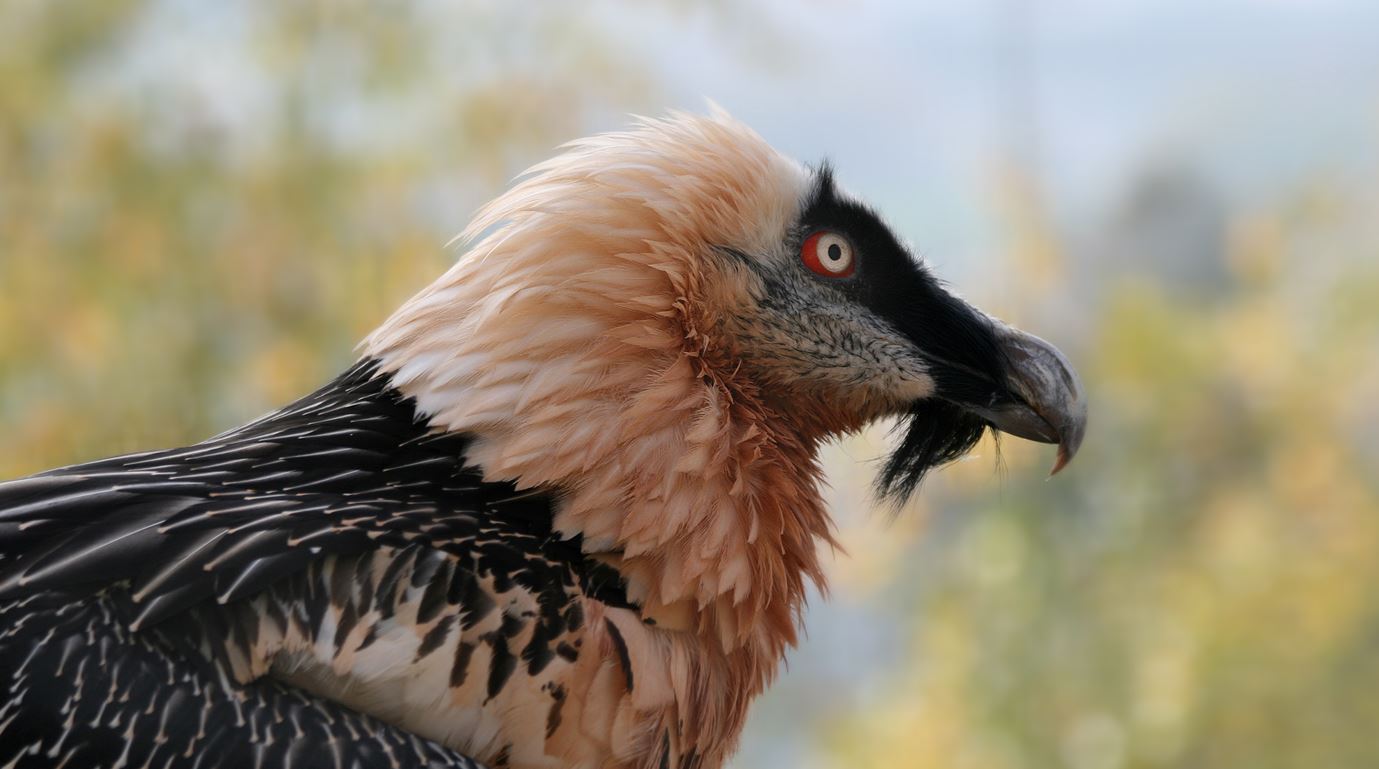
Another biblical bird name is racham (Lev 11:18; Deut 14:17), often translated as “vulture” but uncertain in identity. The Greek kyknon suggests a white bird – perhaps the osprey (Pandion haliaetus), which has a white breast and sometimes eats carrion. But the name fits best with the widespread Griffon Vulture (Gyps fulvus).
The Hebrew word ajit appears in seven verses (Gen 15:11; Job 28:7; Isa 18:6; 46:11; Jer 12:9; Ezek 39:4), four times referring to scavengers. With little linguistic context, it might refer to native vultures or generally include birds of prey and ravens. Some translations simply use “birds of prey.”
On land, these graceful thermal gliders seem clumsy and awkward – often stumbling over each other around a carcass, gorging themselves until they can barely move. This can hinder takeoff; pursued by hyenas, they might even vomit up food to escape. Still, when needed, they disappear fast. Solomon uses a similar image to describe fleeting riches: “Glance at it, and it’s gone – for it will surely sprout wings and fly like a vulture toward the sky” (Prov 23:5).
A noble trait of large diurnal raptors is their ability to rise and live aloft. God uses this to encourage Job: “His eyes behold the distance” (Job 39:29), urging him to see his situation differently. Though Job still sits in dust and ashes, focused on ruin and death, the book ends with: “Now my eyes have seen You!” (Job 42:5). These soaring scouts remind us: while we wander through a maze, the exit is clear from above. God wants us to share in His perspective: “I lift up my eyes to you, who are enthroned in the heavens!” (Ps 123:1).
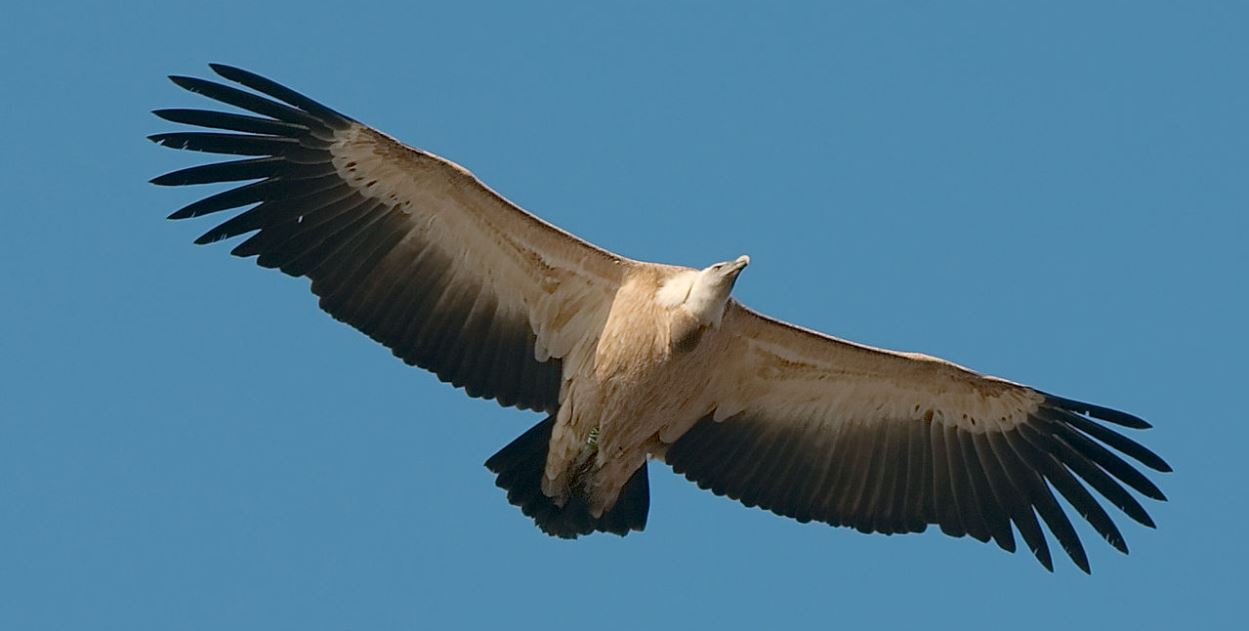
Sources:
AFP : Pyrénées-Atlantiques : dévorée par les vautours deux heures après sa chute? Le Point 03.05.2013
Boemans, B: http://geierwelt.blogspot.com
https://www.monaconatureencyclopedia.com/torgos- tracheliotus/?lang=en (zur Namensherkunft des Ohrengeiers)
Schulze, CM: Zur Morphologie der physiologischen Foveae am Augenhintergrund von Greifvögeln und Eulen mittels Optischer Kohärenztomografie. 2016 Dissertation zur Erlangung der Doktorwürde der Tierärztlichen Fakultät der Ludwig- Maximilians-Universität München
Schunke, C: Okularer Befunde bei Greif- und Eulenvögeln. 2017 Dissertation zur Erlangung des Grades eines Doktors der Veterinärmedizin an der Freien Universität Berlin
Image Credits:
Wikipedia: Flying Gyps fulvus / Luc Viatour // Vulture feeding on zebra / Sharp Photography // Full-body Lappet-faced Vulture / Lip Kee Yap // Griffon Vulture from behind / Descobrimentos novos // Bearded Vulture / Richard Bartz // High-flying Griffon Vulture / MatthiasKabel
Other licenses: Griffon Vulture at high nest / shutterstock_1302944821.jpg // Egyptian Vulture with egg / shutterstock_1104467927.jpg / SanderMeertinsPhotography

